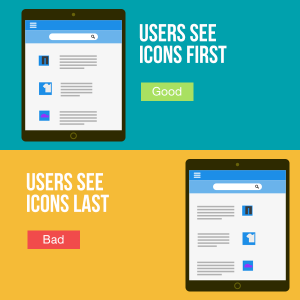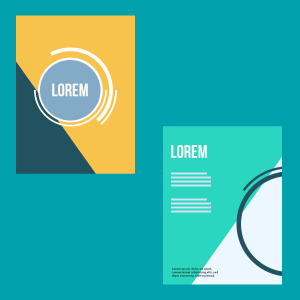
Tags: #Ads #Designing #Digital Marketing #GODIGITAL
Graphic designing means combining art and technology to communicate ideas through images and the layout of websites and printed pages by using a variety of design elements to achieve artistic or decorative effects. It is a field that is quickly changing, both creatively and technically, and while it is easy to get caught up in learning new technical skills, it is just as important to focus improving and pushing the limits of our creativity.
Recently, I tried to sum up my last several years of being a graphic designer in order to discover what really brought me to the level I’m at today. Nothing happens overnight. It takes a countless number of hours, plus practice and patience. Here are a few tips, exercises and practices that have helped me continue learning, strengthen creativity and become a better designer.
1. Learn to identify good design

If you want to create great designs, first you need to learn to recognize a good design from a bad one. It usually comes with experience. The more experienced of a designer you are, the faster you can perceive a better design. Each time you see a design that inspires you, collect it, bring it home and file it away or bookmark it if you see it on the web. A list of great sources of beautiful designs and inspirations:
2. Study design theory

Read about new design techniques or trends. Study the design theory to find a sense in what you’re doing. Don’t focus too much on how to achieve trendy visual elements in your designs. A good design doesn’t start in Photoshop, it starts in your head and on the paper. Understand the design theory first and add a visual skin later. Do your homework.
3. Create fake projects

Whenever I find myself with free time (which is getting less and less lately) I create fake projects. Create a fake brand for a company. Design a logo, stationary, brochure or a website. It’s good to do this once in a while because it keeps design fun and let’s your creativity run wild without limitations. It’s often easy to get caught in a rut when clients start dictating and your work no longer becomes “yours”.
4. Improve your style

Try to find your own style that you feel good with. Sometimes a designer is like an actor and has to play different roles depending on the project that he or she is working on. However, it’s good to settle around a specific group of clients that we feel confident with and that fits with our design style. Keep improving your design style and introduce new elements to every new project.
Think about your personal design style as your trademark. You want people to recognize your work and the best reward is when other designers try to copy you. It’s annoying but you can be proud of yourself!
5. Network with other designers

Self – learning is fun but communicating with other designers is even better. I always try to search out the designers that have more experience and talent than I do. I know – it’s hard to admit someone else is better than you, but networking with people of higher skill levels will push you to work harder and learn more. It helps you to widen your vision and imagination and think in a different perspective.
These five tips are like actions that you need to take regularly and repeat them over and over. Even if you’re an experienced designer and you feel like you’re on a really high level, you still need to study other design projects, refresh all the design theory, learn new techniques, improve your style and share with others what you’ve learned.
It might be difficult to objectively say if we’re making progress in what we do. If you love your design at the moment of creation and hate it next month when you compare it to your new projects, it means you are making progress. If you see a difference with every new project, it means you have made progress really fast and are moving in a good direction. Keep it up!




